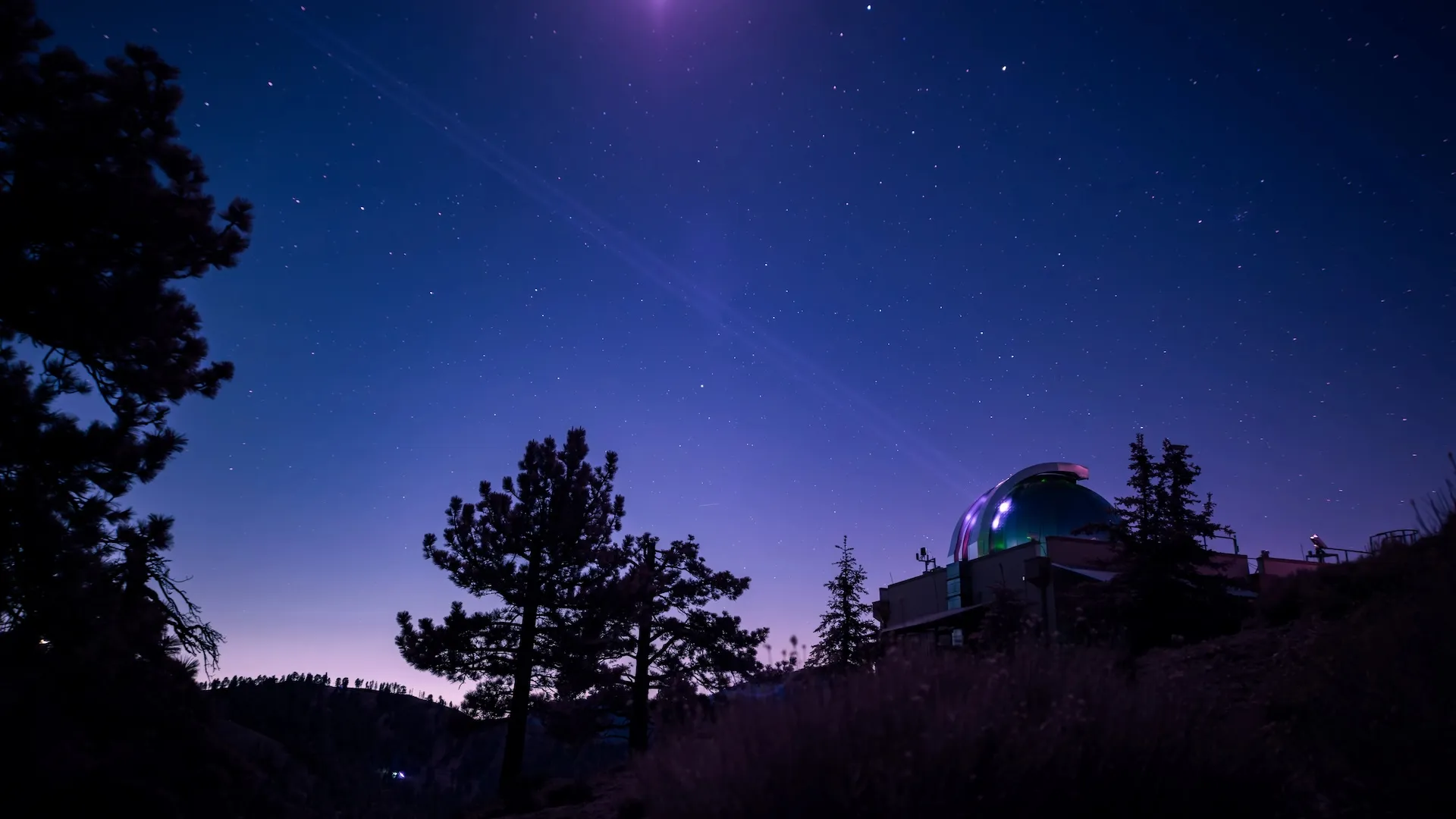
NASA’s Psyche mission is on its way to meet an asteroid that is thought to contain $100,000 quadrillion worth of rare metals.
The agency’s Psyche spacecraft won’t reach its target, the asteroid 16 Psyche, until 2029. In the meantime, it is breaking new ground with communications tests that could vastly improve the rate of data transfer for future space missions.
Since Psyche launched in 2023, NASA’s Deep Space Optical Communications (DSOC) technology test has seen the mission beam a series of messages back to Earth via laser. The spacecraft’s 65th and final laser downlink signal reached Earth earlier this month. It flew a staggering 350 million kilometers (218 million miles) through deep space.
Psyche’s next-gen laser communication tests
On November 14, 2023, the Psyche spacecraft successfully beamed a message back to Earth via infrared laser for the first time.
That message traveled 16 million kilometers (10 million miles) and was received by the Hale Telescope at the Palomar Observatory in California. It was the first time in history that a deep space optical communication link traveled such a vast distance.
Since then, the Psyche mission has performed 64 more DSOC experiments and has successfully transferred 13.6 terabytes of data to ground terminals on Earth. This includes an ultra-high definition video transferred at 267 megabits per second from more than 30.5 million kilometers away (19 million miles).
With its 65th laser downlink, the Psyche mission now brings its laser communications test to a close.
“NASA is setting America on the path to Mars, and advancing laser communications technologies brings us one step closer to streaming high-definition video and delivering valuable data from the Martian surface faster than ever before,” acting NASA Administrator Sean Duffy explained in a blog post. “Technology unlocks discovery, and we are committed to testing and proving the capabilities needed to enable the Golden Age of exploration.”
From now on, the mission will use standard radio communications to downlink data back to Earth. This traditional method is more reliable due to existing infrastructure on Earth. However, NASA aims to eventually benefit from the rapid data transfer of laser communication.
A new era of deep space communication
Interestingly, Psyche’s last message wasn’t the mission’s most distant transmission. That came in December 2024, when the spacecraft beamed a message home from 494 million kilometers (307 million miles) – twice the average distance between our planet and Mars.
The reason the latest data transfer traveled a shorter distance is due to the fact that Psyche is flying on a solar orbit that sometimes brings it closer to Earth, depending on the alignment.
NASA sees laser downlink as the next evolution of deep space communications. While radio communications are reliable, they are relatively slow. Capacity limitations also mean space missions have traditionally beamed low-resolution footage back to Earth. The first footage of NASA’s Ingenuity Mars helicopter in flight, for example, took roughly four hours to relay to Earth in its entirety.
While laser has the capacity to beam high-resolution imagery back to Earth at higher speeds, it does present some challenges. Unlike radio communication, where the signal is broad, lasers require precise aiming for the signal to reach the target receiver. As Science Alert points out, light also attenuates and degrades over long distances. This was highlighted by the fact that Psyche’s April 2024 message – beamed from a distance of 225 million kilometers – reached Earth at a lowered 25 megabits per second.
However, NASA has deemed the Psyche communications tests a success. “Over two years, this technology surpassed our expectations, demonstrating data rates comparable to those of household broadband internet and sending engineering and test data to Earth from record-breaking distances,” explained Clayton Turner, associate administrator of NASA’s Space Technology Mission Directorate.



